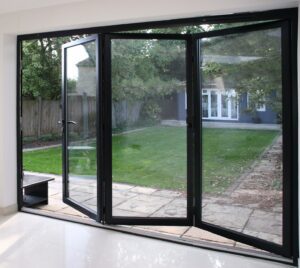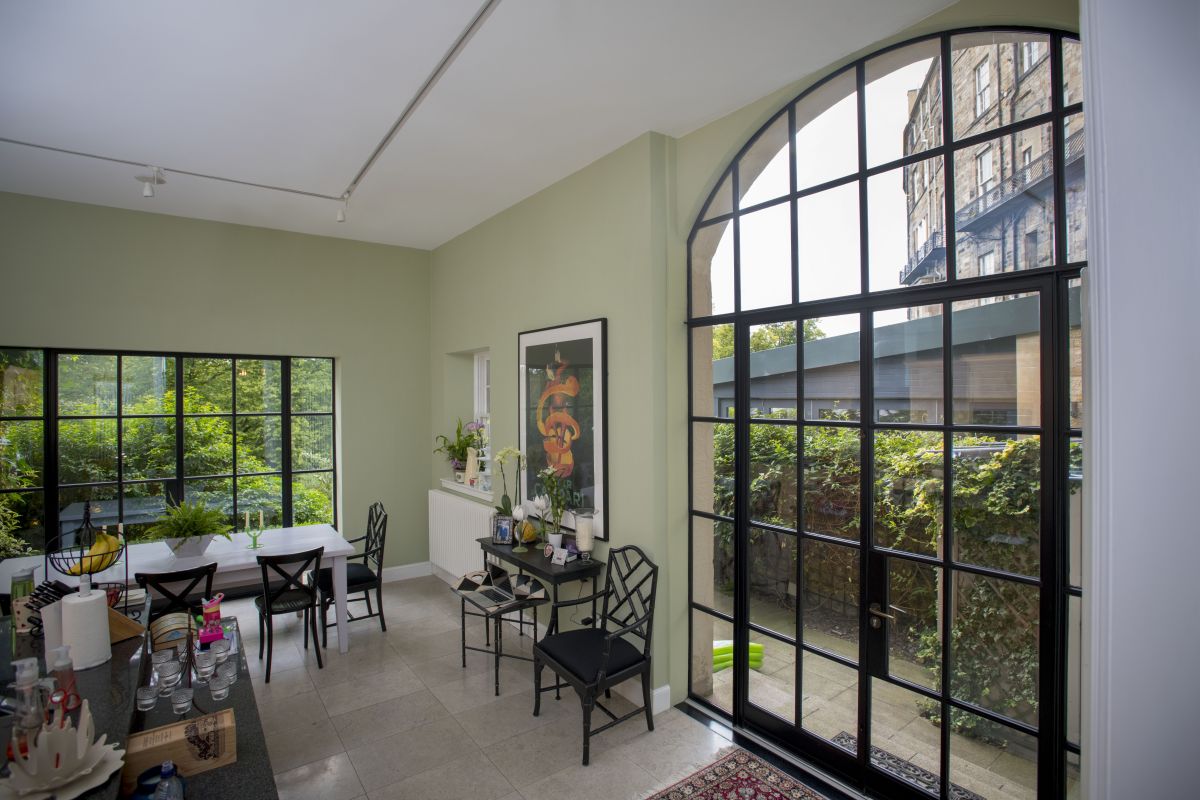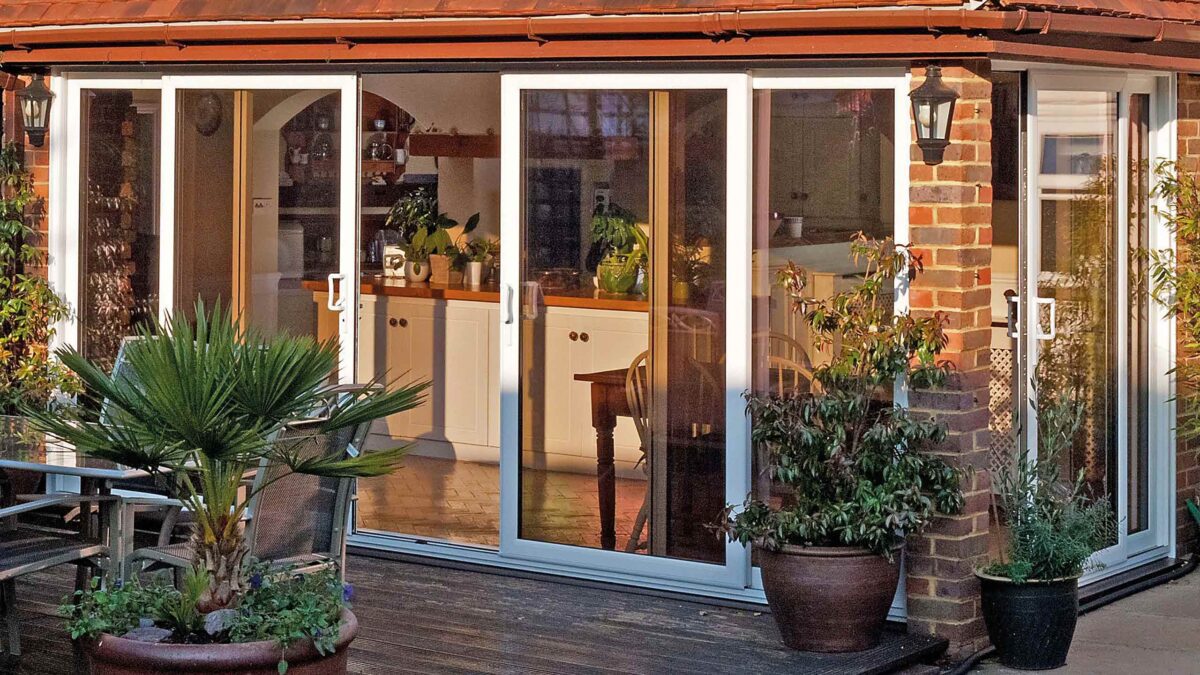Conservatories are a popular feature of many UK homes, providing extra living space and a pleasant transition from the home to the garden.
Yet many UK conservatories go unused or become storage rooms, all because the owners don’t understand conservatory maintenance.
We’re here to help. By following our quick guide, you can learn how to keep your conservatory looking and functioning at its best.
That way, you can enjoy the many benefits your conservatory provides, all year round.
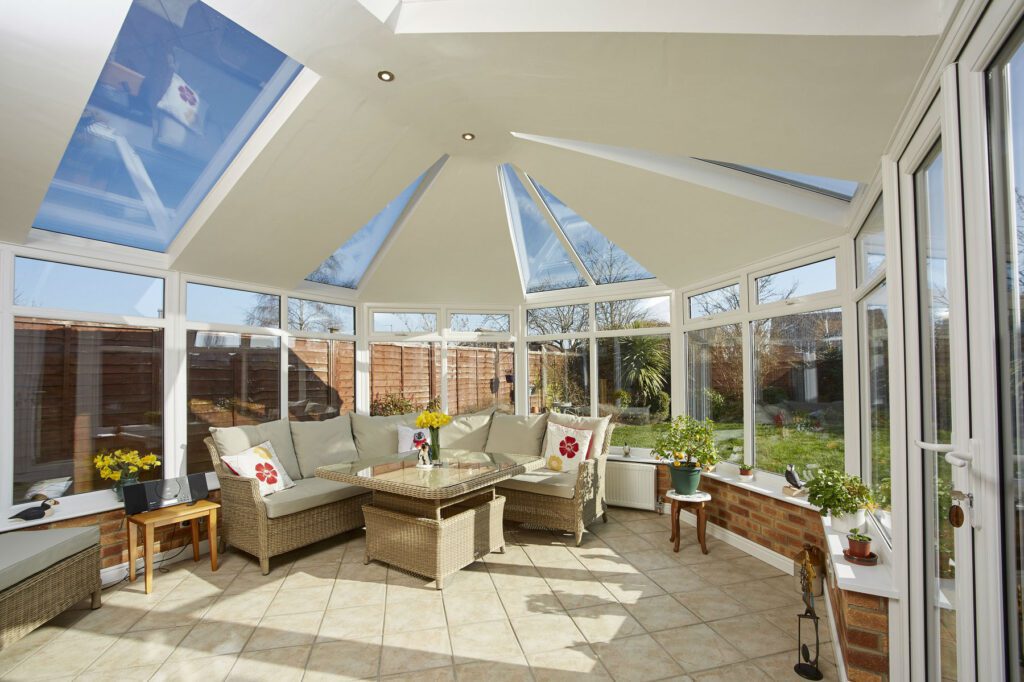
What is the average life of a conservatory?
First things first, how long does a conservatory last?
The average life of a conservatory is around 10-20 years. This is true of most types of conservatories – glass roof conservatories, polycarbonate roof conservatories and solid and tiled roof conservatories.
This lifespan can be extended with proper care and maintenance, and maintenance starts with a thorough clean.
Cleaning is not just a matter of aesthetics, although that is important. If your conservatory is dirty, it can be harder to spot any damage that may have occurred, causing the problem to worsen over time.
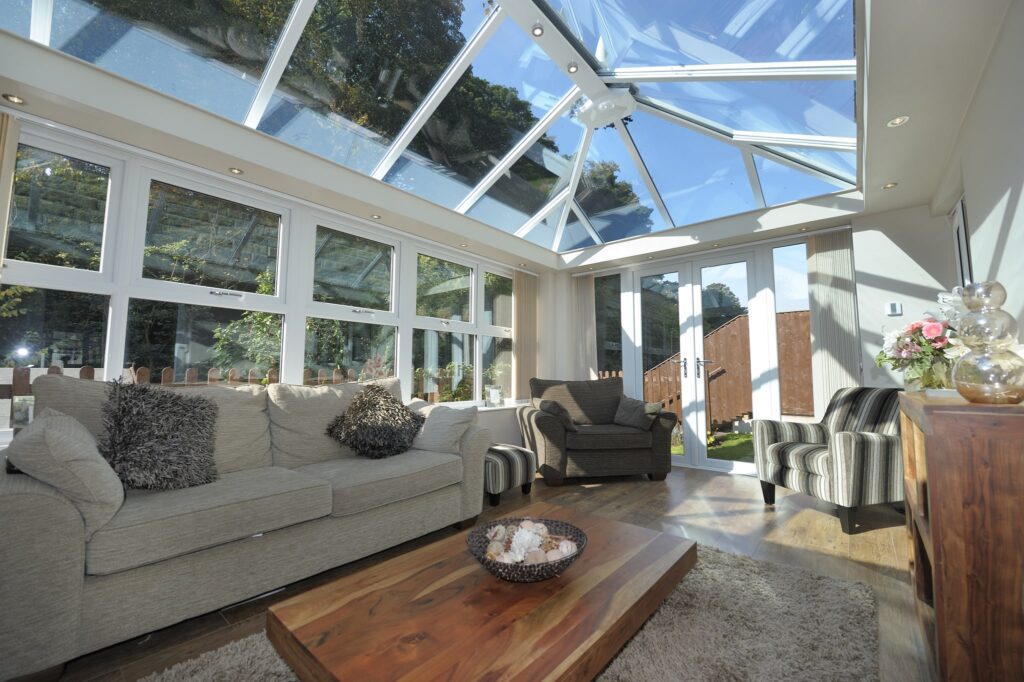
How often do conservatories need cleaning?
Experts agree that conservatories need a deep clean, including the roof once or twice a year, depending on the conservatory’s location and how dirty it gets.
You can clean the windows and doors as and when they require it. Avoid cleaning your windows when it is hot and sunny as they may dry too quickly and dry streaky.
Regular Cleaning Routine
A basic checklist can ensure that you are being thorough. Remember to keep pets and children away when cleaning, even if using non-toxic solutions.
Step 1: Clear guttering
You should be clearing your guttering of leaves and other debris regularly, particularly after a storm and at the end of Autumn when leaves may have built up. This can be done with a long-handled brush or by hand with gloves and a reliable ladder. You need to be able to see into the guttering to ensure they are free-flowing and working properly. You may also be able to use a garden hose or a pressure washer on a low setting to loosen blockages, but exercise caution.
Step 2: Warm soap water
Most conservatories can be cleaned using a soft or microfibre cloth or a squeegee and a warm (not hot) soapy water solution made with washing-up liquid. Alternatively, you can use a gentle glass cleaner. Avoid abrasive cloths or scrubbers, as these could damage the glass or the surrounding framework. Clean the outside glass first to identify any fingermarks and smudges on the interior glass.
Some conservatories have self-cleaning glass, which can also be sprayed with warm soapy water but should not be scrubbed or exposed to harsh chemicals, which may damage the photocatalytic coating.
Step 3: Deal with any mould spots
Some neglected conservatories can start to acquire dampness and mould. If you see any mould spots, use a shop-bought mould remover spray or gel or a vinegar and hydrogen peroxide solution if it is only mild.
Step 4: Check weather seals
Now that everything is clean, you should be able to see if there is any damage. Check your weather seals and contact your fitter for a service call.
Step 5: Dusting and cleaning furniture
You will also need to clean the contents of your conservatory regularly. Dusting will remove dirt and dust on many surfaces. If you have a carpet or rug in your conservatory, ensure it is hoovered regularly and deep cleaned at least once a year. Wooden or tiled floors should be frequently swept and mopped. The conservatory furniture will also need cleaning. Use an upholstery cleaner for any sofas, armchairs and curtains. You can clean patio furniture with warm soapy water or a pressure washer depending on the materials and how dirty it is.
Step 6: Polishing and lubrication
Another aspect of maintenance is polishing and lubricating hinges and window and door furniture. Not only will this keep it looking better for longer, but it will ensure the windows and doors open and close easily.

How to properly clean the conservatory glass roof
Cleaning your conservatory roof may be more of a challenge, particularly if it’s glass
Step 1: Safety first
The first thing to remember is never to stand on a glass conservatory roof. It may seem obvious, but glass conservatory roofs aren’t built to hold a human, and there is a risk of either falling off or going through the glass. Recently cleaned glass is also slippy, making it more likely that you will fall.
Step 2: The correct equipment
Instead, pay a professional to clean the roof or invest in appropriate equipment, such as a telescopic pole with a water feed attached.
Most glass can be cleaned using a mixture of warm water and either a mild glass cleaner or washing-up liquid. The same solution can be used on most frameworks, such as uPVC.
Step 3: Work top down
Start from the top and work your way down to prevent streaks. Try to work quickly to ensure the glass doesn’t dry streaky.
Pay special attention to the corners and edges where dirt tends to accumulate.
Polycarbonate roof
If you have a polycarbonate roof, it is a bit trickier. Since polycarbonate has a special coating, you don’t want to damage it by scrubbing it or using the wrong chemicals. In this case, you should avoid thinners, benzene and acetone, as these can weaken the polycarbonate. If in doubt, ask your conservatory fitter which products to use.
Maintaining Ventilation:
Keeping your conservatory clean is not the only maintenance required. You must also ensure proper ventilation is flowing.
In the summer, this may mean opening the doors and windows.
However, you can also open the trickle vents, located in the ridge and eaves by sliding the control to the open setting.
If you have roof vents, you can also open those. Always remember not to leave open vents or windows unattended, as they can be an easy access point for a would-be intruder. Fans can also help improve ventilation when it’s hot.
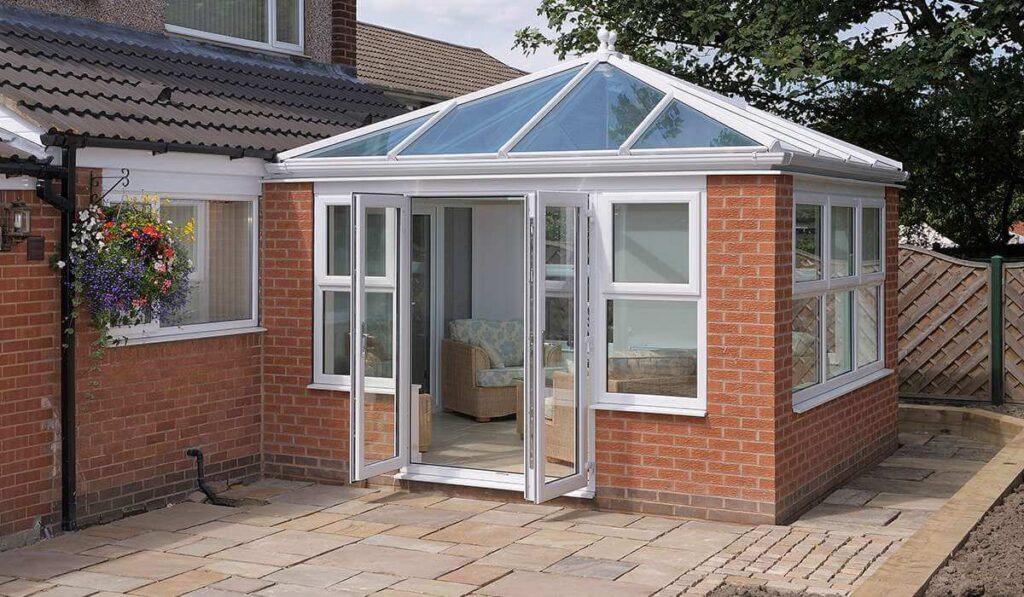
Consider Seasonal Maintenance:
Seasonal maintenance is about keeping your conservatory warm in the winter and cool in the summer. A lot of it is common sense, such as opening windows in the summer to prevent a greenhouse effect, but there are a few other things you can do.
Keeping Your Conservatory Warm
Just like keeping your home warm in the winter, draught-proofing, and increasing insulation in your conservatory can help you to better regulate the temperature. You can also use curtains or blinds and portable heaters to keep the warmth in the room. Open the curtains during the day to catch any sun still coming through and close them when it gets dark to retain the heat. Remember to always turn off any portable heaters when you leave the room.
Keeping Your Conservatory Cool
Blinds can also help keep the room cool during the hotter months by blocking out the sun.
If opening the doors and windows hasn’t worked, an air conditioning system or free-standing fan can keep the space cool.
As noted, you should be clearing your guttering regularly, but it is particularly important in late Autumn (November) when the gutters may be clogged with falling leaves.
Energy Efficiency Tips:
For a conservatory as energy-efficient as possible, you can have energy-efficient glass such as Planitherm triple glazing fitted.
You can also use curtains, blinds or shades to block the sun’s harmful rays while retaining the warmth to create a more comfortable atmosphere.
Physical blinds are inexpensive but have drawbacks, such as getting stuck or broken. An alternative is internal blinds, which sit between the layers of glass, can’t break unless the glass does, and require no extra cleaning.
Your choice of doors will also affect how energy-efficient your conservatory is overall.
Maintenance is also about ensuring your conservatory is comfortable and pleasant to be.
Some things don’t belong in a conservatory or shouldn’t be left there as they can create an unpleasant atmosphere.
- Pets - you don’t need to ban pets entirely but don’t keep them in a conservatory as the switches in temperature can make life uncomfortable for them
- Bikes - apart from the probable mess, it is not a good idea to store your bike in a conservatory because the metal and tyres can get extremely hot, potentially causing the tyres to weaken and burst
- Alcohol, especially wine - there’s a reason people have wine cellars as a cool room is a much better place to gently mature wine
- Electrical devices - although you may have heaters or a TV etc in your conservatory, you should always make sure they are turned off and unplugged before leaving the room to prevent them from overheating
To prevent condensation in your conservatory, follow our guide on how to stop condensation on windows.
Get in touch today
We hope this quick guide has been helpful to you. To learn more about our products and services, please don’t hesitate to get in touch!







